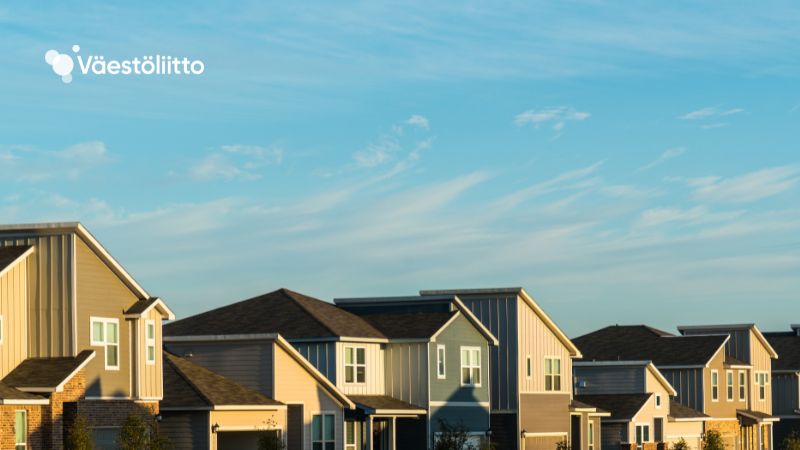Who lives close to siblings in later life?

Siblings are often very important to each other throughout their lives. How often do they live close to each other? We study this with Swedish register data. We found that having a sibling living nearby is more common for older adults who lack other close family members.
Siblings often share strong emotional bonds and can provide valuable support in later life. Therefore, it is interesting to know who lives near at least one sibling during their later years. Understanding how older adults are geographically connected to their family members is also crucial due to the increasing demand for care in aging societies across Europe. Many studies have examined the proximity of older parents to their adult children. However, there has been surprisingly little research on the distance between older adults and other family members, such as siblings.
In a recent article we investigated the relationship between having at least one sibling living nearby, using data from Swedish registers, which included information from 987,486 individuals aged 65-84 belonging to 475,644 family groups.
On average, the closest sibling an older Swede had was 91 kilometers away, with a standard deviation of 154 kilometers. The median distance to the nearest sibling was 23 kilometers. About one third (35%) of these older adults had at least one sibling living within a ten-kilometer radius of them, as the figure shows.
Living close to a sibling was more common among those with fewer other family ties of their own. Childless older adults were more likely to have a sibling living nearby compared to those who had at least one child. Also, those who currently did not have a partner (never having been married or partnered, being divorced, separated, or widowed) more often lived close to at least one sibling.
Education also affected siblings, so that those with higher education were less likely to have at least one sibling nearby and those with lower levels of education were more likely to live close to a sibling. Gender and age differences in the likelihood of having a sibling within a 10-kilometer radius were minimal.
Living in the county where one was born increased the probability of residing close to a sibling. On the other hand, older adults living in less urbanized environments, such as smaller towns, suburbs, and sparsely populated areas, had a lower likelihood of having at least one sibling living nearby.
The type of sibling group one had played a clear role for living close to each other. Specifically, having more than one sibling, and having only full siblings (siblings from the same parents) increased the probability of living close to at least one sibling. Also, individuals from sibling groups consisted of only brothers or only sisters lived closer to each other than individuals who had mixed-gender sibling group.
Our results suggest that living close to a sibling is more common for older adults who lack other close family members. This particular group of older adults typically experiences a lower level of support in their later years. We assume that siblings nearby can be particularly important in providing much-needed support and companionship for these individuals.
As people have fewer children and more often divorce or remain single, siblings may come to play a more significant role as they age. Within the NetResilience project, we are planning to explore the role of siblings for older adults who do not have other close family members in Finland using Gentrans (Generational Transmissions in Finland) and register data.
More info
Artamonova Alyona, firstname.lastname@vaestoliitto.fi
Source
Artamonova, A. & Gillespie, B. J. (2023). Geographic proximity to siblings in older adulthood. Demographic Research. Vol 49. https://doi.org/10.4054/DemRes.2023.49.7
How to cite
Artamonova, Alyona (2023). Who lives close to siblings in later life? Science leak -article 5/2023. Helsinki: Väestöliitto, Population Research Institute. Available: https://www.vaestoliitto.fi/en/articles/who-lives-close-to-siblings-in-later-life/ [Cited: ##.##.20##].
The research is part of the The Social networks, fertility and wellbeing in ageing populations: Building demographic resilience in Finland (NetResilience) project, which involves Väestöliitto, University of Turku, University of Helsinki and Aalto University. The research has received funding from the Strategic Research Council within the Academy of Finland.

